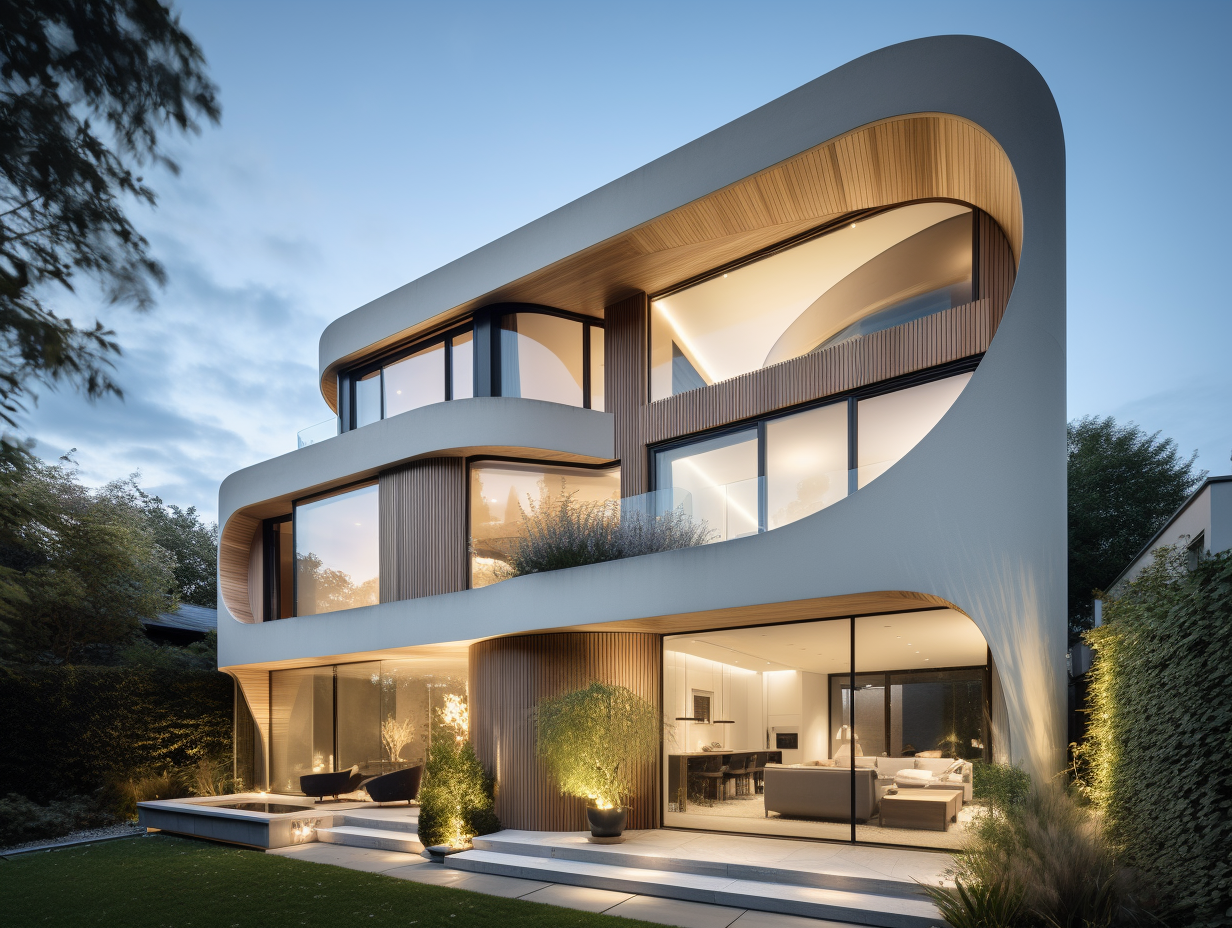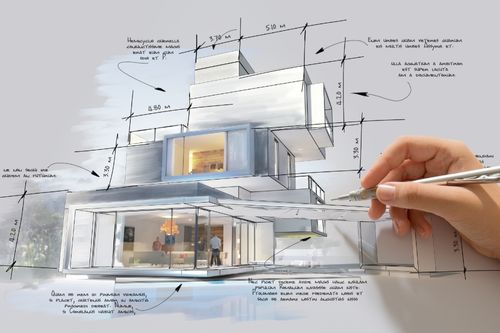Why CDA Architects Are Leaders in Architectural Design and Advancement
Why CDA Architects Are Leaders in Architectural Design and Advancement
Blog Article
The Necessary Function of an Architect fit Lasting Urban Environments for Future Generations
The function of a designer in crafting sustainable metropolitan atmospheres is increasingly crucial in responding to the difficulties of climate modification and urbanization. By seamlessly incorporating environmental concepts right into their designs, designers not only improve the visual and functional top quality of city rooms yet likewise address pushing concerns such as energy effectiveness and social equity.
Understanding Lasting Urban Style
Lasting metropolitan layout integrates eco-friendly principles with metropolitan planning to create atmospheres that are not only livable but also resistant. This approach highlights the importance of including natural systems right into the metropolitan material, ensuring that advancement meets the needs of the here and now without compromising the ability of future generations to fulfill their own demands. Crucial element of lasting city style consist of effective land usage, the promo of biodiversity, and the combination of eco-friendly areas, every one of which add to boosted lifestyle for residents.
In addition, lasting metropolitan design focuses on the decrease of the metropolitan warm island effect, improved air top quality, and effective stormwater monitoring. It motivates using renewable energies and energy-efficient building methods, which substantially lower carbon footprints. Sustainable urban layout promotes social equity by producing available public areas and promoting mixed-use advancements that cater to diverse populations.
With thoughtful planning and ingenious design methods, sustainable city environments can improve community strength versus climate change while promoting economic advancement. This holistic strategy not only addresses instant city challenges however also lays the groundwork for much healthier, more lasting cities for generations ahead.
Key Responsibilities of Designers
Engineers play a critical function fit lasting metropolitan settings by equating layout concepts right into tangible frameworks and spaces. Their responsibilities include a vast array of tasks that add to the overall success of city style jobs.
Firstly, designers carry out complete site analyses to comprehend the ecological, social, and cultural context of their jobs. This fundamental understanding notifies their layout choices, ensuring that buildings harmonize with their surroundings. They also take part in collective procedures with stakeholders, consisting of city organizers, engineers, and the neighborhood, promoting an inclusive method to city advancement.
Furthermore, engineers are entrusted with developing styles that maximize power performance, source conservation, and performance. They should comply with neighborhood zoning laws, building codes, and sustainability qualifications, making certain conformity while pressing the borders of innovation.
Moreover, engineers are liable for handling the design procedure, collaborating with various professionals throughout the building and construction stage to guarantee that the vision is realized precisely (cda architects). Eventually, their duty is not solely regarding appearances; it is concerning producing resistant, flexible areas that enhance the lifestyle for present and future generations, laying the foundation for sustainable city living
Innovative Materials and Techniques

Furthermore, innovations in innovation have actually resulted in the development of high-performance materials, such as protected concrete forms (ICFs) and photovoltaic glass, which add to power preservation and harness renewable energy. Strategies click for info such as passive solar style and eco-friendly roofings additionally exhibit how style can harmonize with all-natural systems, reducing dependence on fabricated heating & cooling.
In addition, the combination of wise products, which adapt to environmental changes, offers encouraging opportunities for boosting structure performance. These materials can react to temperature level fluctuations or wetness levels, optimizing convenience and sustainability.
Inevitably, the tactical option and application of ingenious materials and techniques equip architects to create urban rooms that are not only practical and cosmetically click here now pleasing yet additionally durable and eco liable, ensuring a sustainable future for generations to come. cda architects.
Community Engagement and Cooperation
The success of cutting-edge materials and methods in sustainable urban design is substantially enhanced by energetic neighborhood engagement and cooperation. Architects need to acknowledge that the developed atmosphere exceptionally influences the lives of regional homeowners, making it imperative to entail them in the design process. Engaging the community fosters a feeling of ownership and accountability, ensuring that developments not only satisfy visual and useful requirements yet likewise show the worths and goals of those who inhabit them.

Effective community involvement also helps in focusing on social equity within urban development. By thinking about the voices of marginalized populaces, architects can create spaces that are inclusive and fair. In this way, area involvement and cooperation end up being important to attaining absolutely lasting city settings that serve the demands of current and future generations.
Future Trends in Lasting Architecture
An emerging concentrate on flexible reuse and circular economic situation concepts is established to redefine the landscape of lasting style. As cities grapple with enhancing populace thickness and ecological difficulties, designers are increasingly transforming to techniques that maximize existing frameworks as opposed to seeking new builds. This approach not just preserves cultural heritage but additionally dramatically reduces source intake and waste.
Furthermore, developments in technology are shaping future fads in lasting style. The combination of wise products and structure systems permits real-time energy monitoring, enhancing performance and minimizing carbon impacts. Innovations such as environment-friendly roofs, living walls, read what he said and energy-generating exteriors are coming to be conventional practices, additionally promoting eco-friendly balance within urban environments.
Additionally, a change towards biophilic style is gaining traction, stressing the connection between nature and human health. By including natural components, engineers create areas that cultivate mental health and wellness while advertising biodiversity.
Verdict
To conclude, designers are critical in progressing sustainable city environments through their knowledge in layout, ingenious materials, and neighborhood involvement. By focusing on energy performance and source preservation, these specialists add to the development of durable urban spaces that meet the demands of existing and future generations. The assimilation of environmental principles not just improves livability yet additionally fosters social equity, ensuring developments reverberate with the worths and desires of the neighborhoods they offer.
Report this page